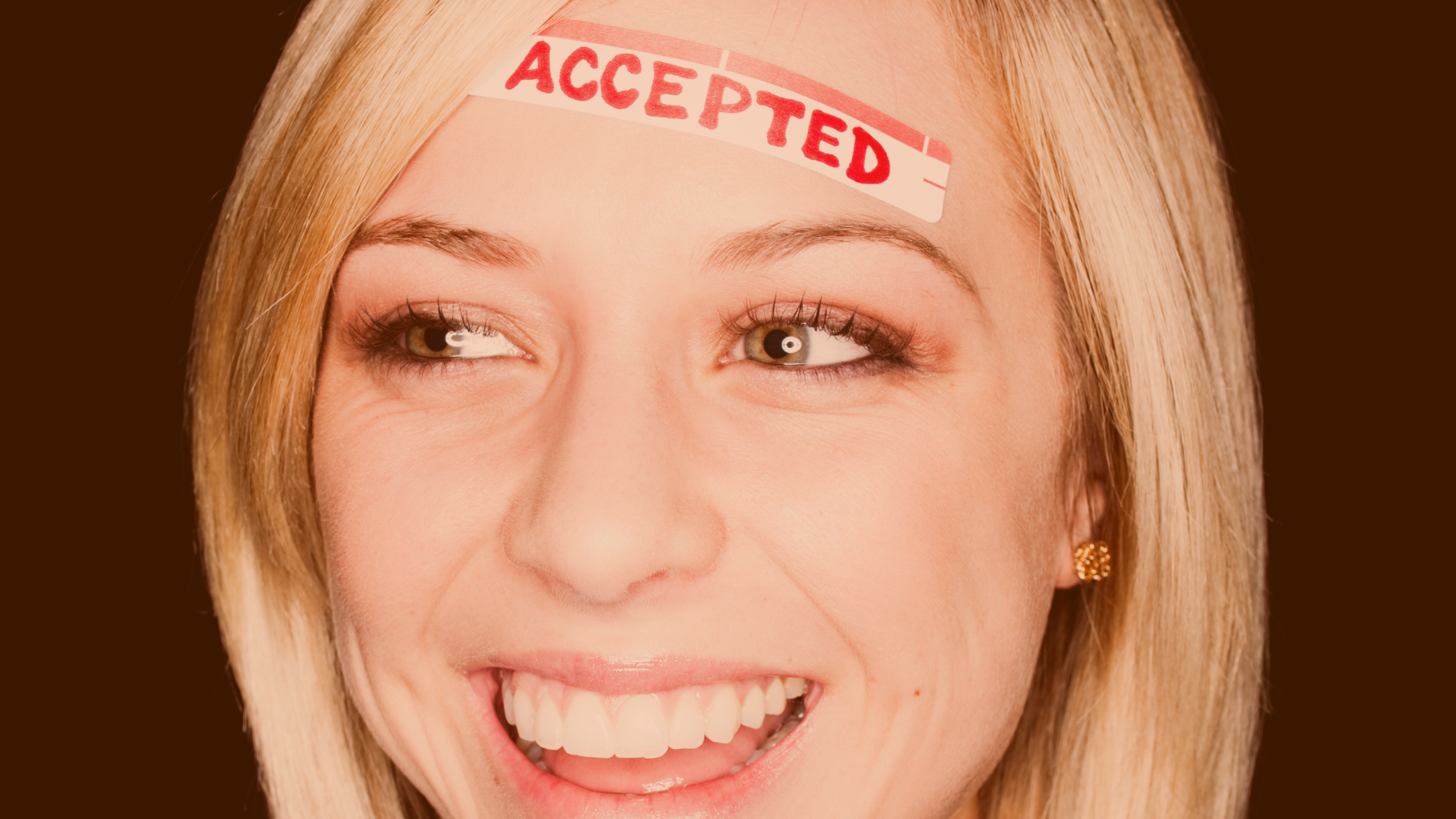If you want to make others “look and feel great,” all you have to do is accept where they are coming from. Accept it, without judgment, their thoughts, beliefs, values, mindset, resistance, objections, feelings, etc.
You may not agree at all with who and how someone is. You may even dislike him or her, especially someone you don’t choose to be around, like a coworker … or someone who annoys you on social media that you’re “friends” with.
“Yes, And” them.
“Yes, And” in Improv
The “Yes, And” (YA) mindset is the foundation for improv performers to be successful on stage.
It’s pretty straightforward. “Yes, And” is the opposite of “no, but” or “yes, but.” The “but” clearly symbolizes a rebuttal.
We seem to be conditioned as human beings to say “yes, but” without even thinking about it and without malice.
Being in the improv mindset of “Yes, And” (YA) positions you as an approachable human being who is supportive, despite your own values and beliefs. This can also be seen as putting others first.
I see it as being the spotlight operator for someone – the person who shines a light on others. You can become the light (or flame) that attracts moths, as long as you are constantly mindful to not burn them.
Why Do We Say ‘Yes, But?’
When I’m training, I ask three questions every time I facilitate a “Yes, And” exercise:
1) “Who is guilty of ‘yes but-ing’?”
If every hand does not go up, I call them out because it’s rare for anyone to not admit to the “but” crime.
2) “Why do we do it? Why do we say ‘yes, but’ in conversations?”
The feedback includes that it sounds nicer to do that because they’re saying “yes” even though they don’t want to say it.
Other reasons why people “yes, but” is because they don’t want to take on responsibility for someone else’s idea or request. I know I’m guilty of that and often my own team members point out my big “but” before it even comes out of my mouth.
3) “How does it feel to be on the receiving end of a ‘yes, but’?”
Everyone agrees that no one likes it. It’s a trust killer. And if you’re in the business of creating and maintaining relationships (personally and professionally) your but-ability will hurt you.
Building Awareness of the “Yes, But”
Think about how many times you’ve been in a conversation with someone and you can hear the “but” about to escape from someone’s mouth. You can hear it in the breath right before the word is said. You can see the word forming on someone’s lips.
Without even hearing it you already have a visceral reaction to what’s coming, because you know it is. Your heart begins to sink because you know you’re about to be rejected. Your ideas or thoughts or feelings are not being accepted.
And before you even hear that phrase you have also made a judgment about that person. You are already judging them for rejecting you and forming a negative opinion about him or her.
After discussing everything about “yes, and” with a group, I summarize it for them that we all agree that we often think that it’s okay for us to “yes, but” others, yet we hate being “yes, buted.”
It’s a pretty simple conclusion that seems to turn on light bulbs for so many people during the discussion. We think it’s okay to do it, BUT we hate it when others do it to us.
Awareness is the first step!
How to “Yes, And”
After setting the stage for a group of training participants, I then move into a literal “Yes, And” exercise with them.
It’s important that everyone understands the mindset and philosophy behind it. Oftentimes in training scenarios, facilitators can talk about theory and concepts and not have a tool for turning theory into applicability. Thus, the literal “yes, and” exercise.
To break it down simply and put the theory into practice one must:
- Communicate (actively listen) – truly be in the moment with ears and eyes.
- Validate to show understanding – Validate the needs and wants of others by actively paying attention to emotions and behaviors.
- Collaborate together to a solution – Collaborate on ideas and thoughts after mutual validation to solve problems and innovate.
Compromising vs. Collaborating
I must stress the word “collaborate.” In my early years of facilitating this exercise I used the word “compromise.” Someone pointed out to me that the word “compromise” signified giving something up in the conversation.
Words matter.
Collaborating is a form of compromising, in my opinion, without feeling like anyone is losing because everyone is working towards a mutual win. If done well, people often forget who had the original idea in the first place. That’s where the true win is.
The real beauty of the YA philosophy is that it can be applied in so many areas of business and life.
To learn more about the literal “Yes, And” exercise, see my article on Active Communication: Listening and Observing.
The YA Summary Overview
- “Yes, And” (YA) is a concept, philosophy and mindset in improv. It’s the foundation that we build upon on stage and in business.
- YA requires you to accept and can be done so with agreement.
- “Yes, And” is the opposite of “Yes, but” with “but” being a rebuttal.
- We can’t quite identify it when we’re in the moment, BUT we feel it. We can hear the “but” coming in the other’s breath. We can see the “but” forming on that person’s lips.
- Our reptilian brains go into overdrive and straight to the anticipation of rejection.
- We get excited at hearing the word “yes,” and then we begin to sense the other shoe is about to drop with the word “but” that shuts all opportunities down.
- YA includes Active Communication, Validation and Collaboration:
- Communication – Active Listening – truly being in the moment with ears and eyes.
- Validation of the needs and wants of others by actively paying attention to emotions and behaviors.
- Collaborating on ideas and thoughts after mutual validation to solve problems and innovate.

